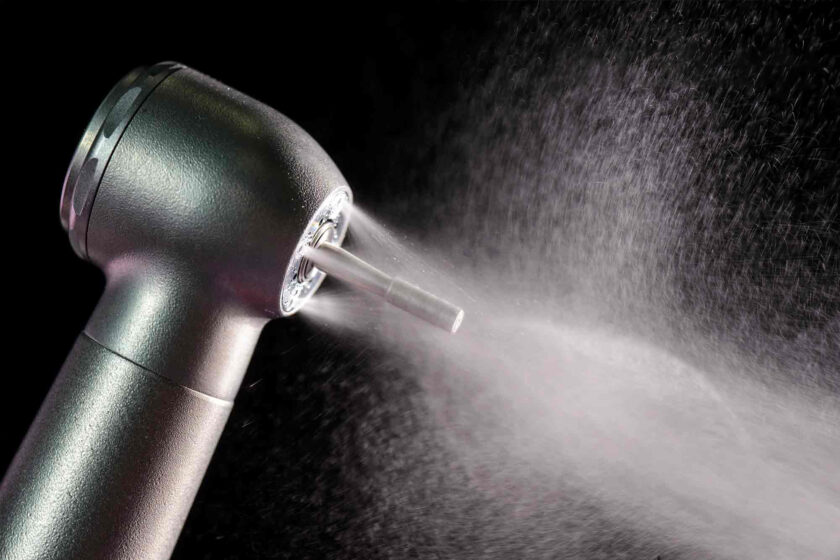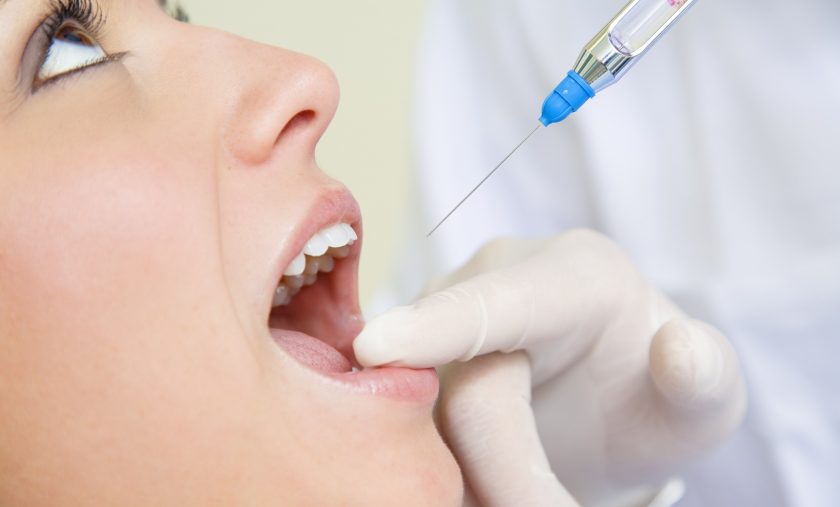A request from a colleague to observe my practice for procedures and protocol, administration, maintenance and management is what has initiated this series.
The complex world of dentistry today, whether private, corporate or institutional, poses a challenge to the budding dentist as well as to the seasoned one. The climate has changed and so has the way we need to practice our profession.
Famdent is undoubtedly the most widely read and appreciated dental journal that reaches out across the country to educate and bring together dentists in the pursuit of one simple goal – a better quality of service to patients and better opportunity for dentists via education and sharing of information.
It is through these pages I want to reach out to the profession with snippets of information of value to you. I have, in my decades of practice, found some solutions to the great many questions out there. Some, I have learned the hard way, others the patients themselves have shown me. This page will be a random mix of this evolved experience which I hope will make for some interesting reading.
There are several aspects that we deal with every day. The set-up, the reception, the assisting staff, the team and the equipment. Add to that our speaking skills, our clinical skills, lab support, hygiene standards and maintenance. And to top it all the overwhelming presence of the Internet ruling our lives.
Where do we begin? At the dental chair, of course! Chairs are getting more and more expensive with technological advances and are inevitably costlier. Therefore, you will see chairs ranging from a lakh of rupees to twenty lakhs!
Where do we draw the line? Is it only a matter of budget?
What do we really want from a chair?
I am sure you will agree that ‘trouble-free’ will be the first word and ‘convenience’ the second. Most chairs today fall broadly into hydraulic or electrical types. While both work well, the hydraulic one may develop oil leaks and sometimes have a jerking movement as it goes into a selected position especially when descending. Many chairs boast of multiple chair positions. Ironically, we use just a few of them. We just end up paying for what we never use. It is like the fancy car with automatic everything. Do we need it?
Here is a list of what works practically in my clinic:
- A chair that is not bulky and cumbersome and rust proof
- The spittoon should be ceramic and the spittoon cover over the drain hole for which a spare is readily available
- The seat should not be moulded. If it is so, it will be impossible to re-upholster after some years. We change the chair upholstery every 3 years.
- A reservoir bottle for letting in controlled clean water into the unit, connected to an external compressor to provide high vacuum. Air Venturi systems are not powerful enough and are useful at best for a saliva ejector.
- The nurse’s side should have the high vacuum, the saliva ejector, the 3- way syringe and the light cure unit.
- The operators side should have the 3- way syringe as well.
- The ultrasonic scaler, two hi-torque hand-pieces and an air motor fixed with the contra-angle and straight hand-pieces is ideal.
- The faucet for rinsing should be easily accessible and managed by the patient and the nurse. Control from the operator’s side is not necessary.
- A shadow-less lamp is required that throws sufficient light and is easy to clean. Some newer LED lights cast a blue glow that is most disturbing.
- The foot control should be able to perform chair movements both from the console and the foot control. A push type of control is easier than a step on and press type.
- Operators stool and assistant stool is necessary to facilitate 4 handed dentistry.
Most chairs today are ergonomically designed with an adjustable head rest but none of them are comfortable and give very poor neck support. The patient ends up extending his neck which can be very tiring. I have solved the problem by making a small bolster that is tied around the headrest. A car seat neck pillow also serves very well. Try it…you should see the grateful relieved look on your patients face when you provide this support.
Once a patient sits on the chair it doesn’t matter what model it is. It matters to us, the dentist and the assistant. Choose wisely, not too cheap, not too expensive. Focus on sturdy, functional and efficient after sales service. We protect our chairs with a stitched piece of plastic at the foot end of the chair so that a patient can keep his footwear on and still not damage the chair. The headrest is covered with a shower cap to avoid oil and dye stains. Children are treated on a disposable chair cover that covers the chair entirely.
A maintenance regime includes wipe down of the chair, spittoon and tubing cleaning after every patient and at the end of the day.
A dental chair is a big investment. Let us choose wisely, maintain it well, and it will last for decades.



